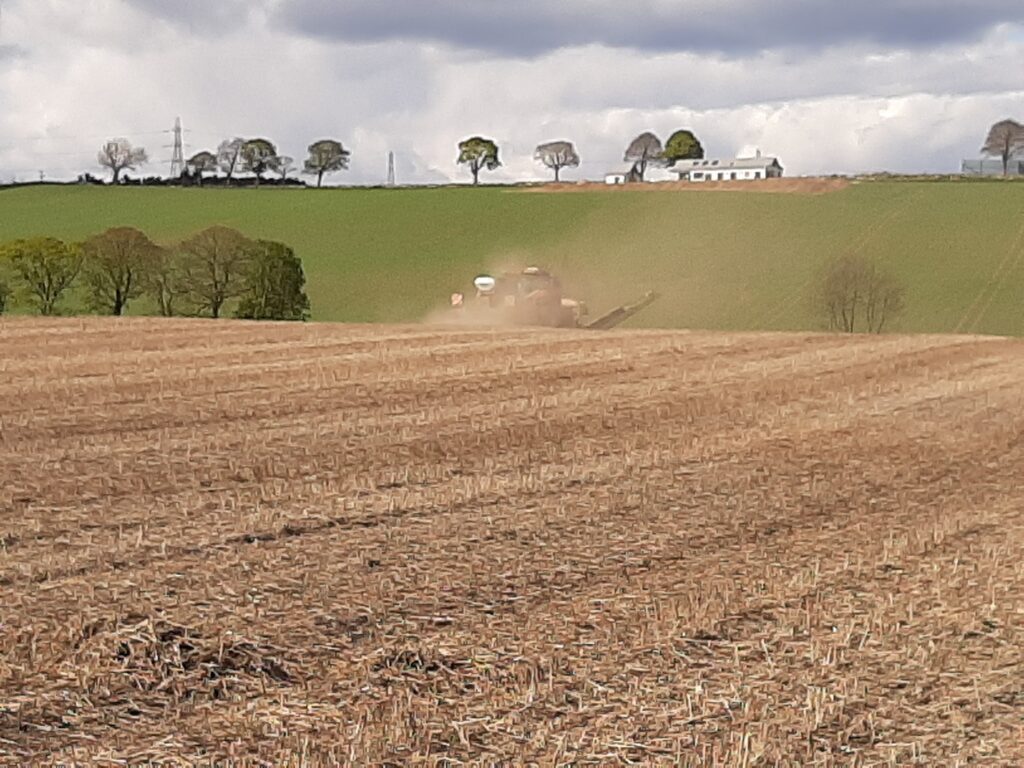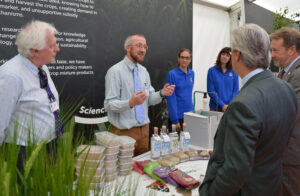
Interested in growing mixtures but not sure what to expect?
Our data platform provides a range of information about on-farm crop mixture trials, including how the trials were sown, what the mixture was, and how well the mixture performed.
Project outputs and resources
Project lead of SEAMS, Rob Brooker, the James Hutton Institute and Thomas Veitch, Science and Advice for Scottish Agriculture in discussion with project partner LEAF.
Produced by Royal highland Education Trust Working in partnership with Buglife and the Hutton, this resource offers the chance to find out more about growing crop mixtures and biodiversity.
International Barley Hub online seminar, April 2023. Presented by Professor Rob Brooker.
A chat with James Hutton Ltd covering intercrops, the benefits of intercropping and considerations of the impact intercropping can have.
Overview of the project with farmers sharing their experiences with crop mixtures including cereal, legume and legume-OSR mixtures in Scotland.
This virtual field day brought together insights from farmer experience and scientific research into the role of crop mixtures to address different agronomic issues and discuss some of the practicalities and end uses.
For more information on this project contact SEAMS@hutton.ac.uk


